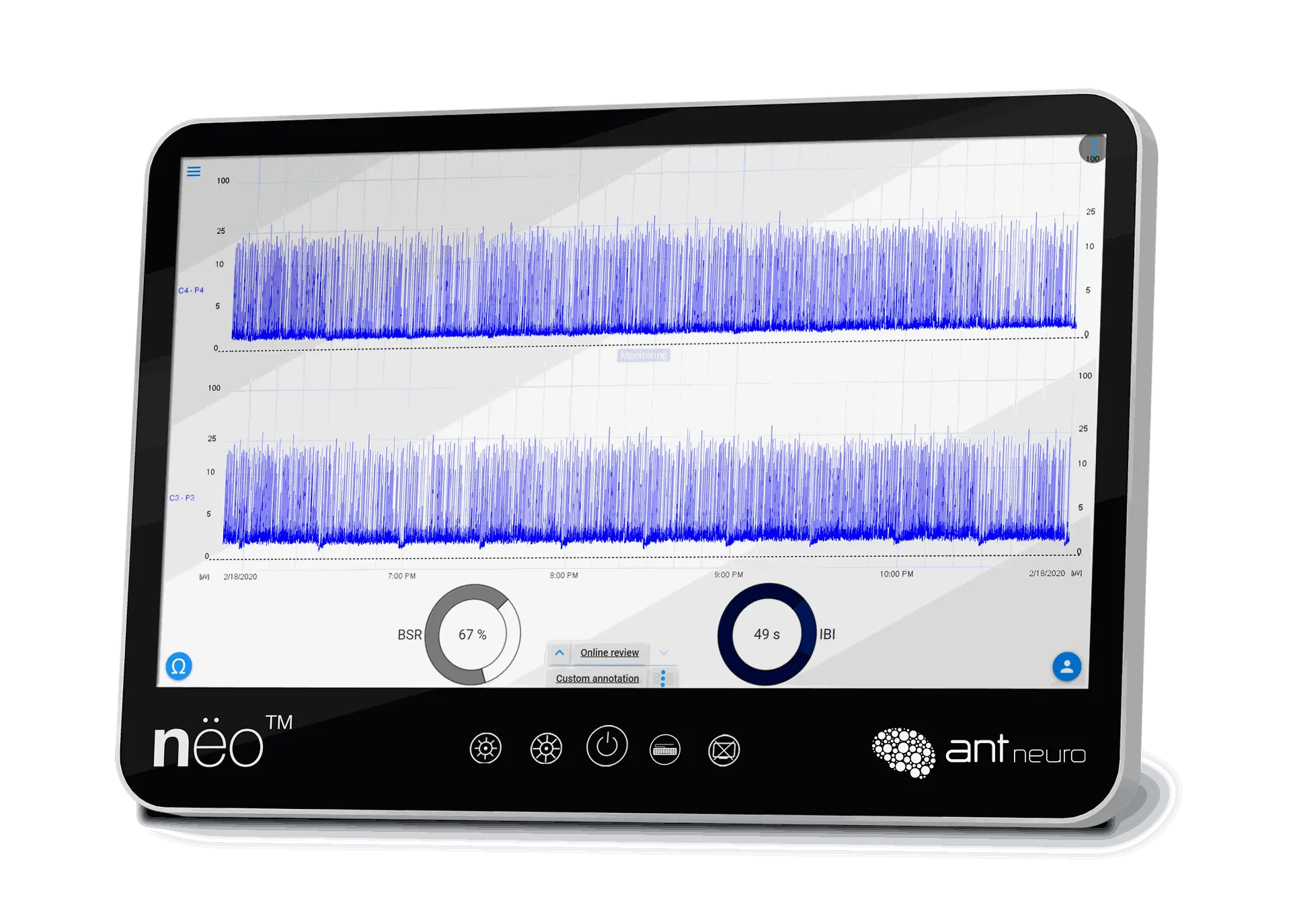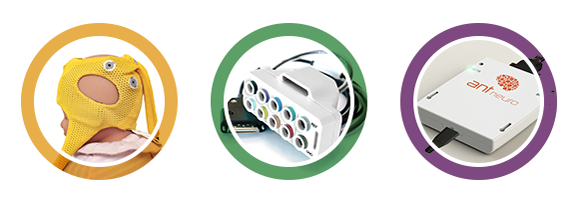ANT Neuro is contributing to a study led by UT Health San Antonio and University Medical Center Utrecht, aiming to find new treatments for neonatal brain injuries, particularly those caused by hypoxia. The study evaluates a promising new therapy that could work alongside or instead of therapeutic hypothermia. ANT Neuro’s nëo™ EEG system is used to monitor brain activity in neonatal models, offering high-quality, continuous data without disrupting clinical care. Early results are encouraging, and human clinical trials are planned next.
ANT Neuro Participates in a study that is hoping to identify novel treatment strategies to improve short and long-term outcomes of infants with neonatal brain injuries.
Authors: Cynthia L Blanco & Diana Anzueto Guerra, UT Health San Antonio (Texas, USA).
Corresponding author: Cynthia L. Blanco, MD, Professor of Pediatrics, Chief, Division of Neonatology, Department of Pediatrics, Greehey Family Foundation Chair in Neonatology Research, Director, Neonatal Nutrition and Bone Institute, UT Health San Antonio
Neonatal Encephalopathy
Neonatal encephalopathy due to perinatal hypoxia occurs in 1-3 per 1000 births at term and is associated with high mortality, morbidity, and life-long chronic disability, including cerebral palsy. Currently, the primary treatment for global brain injury in neonates is therapeutic hypothermia. However, hypothermia is generally most effective for infants with mild to moderate injuries and despite treatment, many of these infants still experience developmental delays. In a multi-institutional, international collaboration, industrial partners together with researchers from the University Medical Center Utrecht (Utrecht, Netherlands) and UT Health San Antonio (Texas, USA) are hoping to identify novel treatment strategies to improve short and long-term outcomes of infants with neonatal brain injuries.
Innovative Groundbreaking Treatment
In an ongoing study, an innovative groundbreaking treatment to ameliorate the damage of newborn hypoxic-ischemic brain injury in an animal model is evaluated. This treatment is aimed to serve as an effective alternative, or addition, to hypothermia with an increased effect, potentially even in infants with more severe brain injury. In order to monitor the extent of brain injury and response to the experimental treatment, high-quality EEG recordings were needed. Furthermore, the EEG apparatus needed to be suited to the unique demands of the neonatal intensive care setting.
Neonatal Monitoring
The ANT Neuro nëoTM proved to be an excellent solution. The option to use needle electrodes assured quality long duration tracings and straightforward user-interfacing allowed all team members to ensure data collection occurred as scheduled, even if they were not specifically trained on EEG recording. In addition, the ANT Neuro nëo did not have any adverse effects on clinical care, nor did it interfere with any clinical or research protocols. Finally, ample data storage space allowed for around the clock recording, generating a wealth of data for later use. Experiments are not yet concluded, but the preliminary results are promising. Following the completion of these experiments, clinical trials in human neonates are expected to begin.
- nëo all in one “touch” pc with an example of a discontinious background pattern displayed along with BSR and IBI values.
More information
For more information about neonatal monitoring, please visit the dedicated website: www.ant-neuro.com/products/neo
